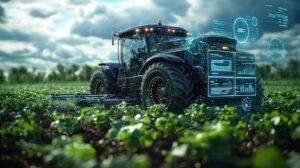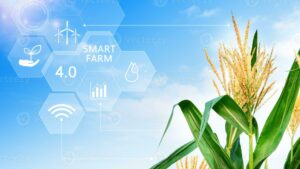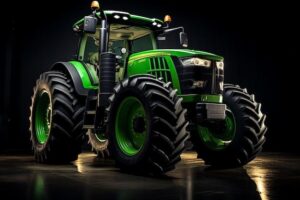As global efforts to reduce carbon emissions intensify, the agricultural sector faces mounting pressure to adopt sustainable practices. Battery-powered farm equipment emerges as a potential solution to transform traditional farming methods, promising to replace diesel-dependent machinery with clean energy alternatives. While electric vehicles have made significant inroads in consumer transportation, the adaptation of this technology to agricultural equipment presents both unique opportunities and considerable challenges. This article explores how battery-powered tractors, harvesters, and other farm machinery could reshape the future of farming, examining their technical capabilities, economic viability, and environmental impact. Battery-powered agricultural machinery represents a significant shift in farming practices, offering both environmental benefits and operational advantages. Modern electric tractors and harvesters are emerging as viable alternatives to traditional diesel-powered equipment, with major manufacturers investing heavily in this technology.
These innovative machines operate on high-capacity lithium-ion batteries, capable of running for 6-8 hours on a single charge. Farmers can now perform essential tasks like plowing, planting, and harvesting while producing zero direct emissions. The reduced noise levels of electric equipment also create a more pleasant working environment and minimize disturbance to livestock.
Cost considerations play a crucial role in the adoption of battery-powered farm equipment. While the initial purchase price tends to be higher than conventional machinery, operating costs are significantly lower. Electric vehicles require less maintenance due to fewer moving parts and eliminate fuel expenses. Government incentives and subsidies in many regions further offset the acquisition costs.
The charging infrastructure remains a key consideration for widespread implementation. Many farms are incorporating solar panels and wind turbines to create self-sufficient power systems. This integration of renewable energy sources with battery-powered equipment forms a sustainable agricultural ecosystem.
Performance capabilities of electric farm equipment continue to improve. Modern electric tractors can match or exceed the power output of their diesel counterparts. Advanced motor systems provide instant torque, making them particularly effective for heavy-duty applications. Precision farming features are often better integrated into electric systems, allowing for more accurate field operations.
Weather resistance and durability have been enhanced in newer models. Manufacturers are developing sealed battery compartments and robust electrical systems capable of withstanding dust, moisture, and extreme temperatures. These improvements address initial concerns about reliability in challenging agricultural environments.
Battery technology advancements are crucial for broader adoption. Current research focuses on extending operational hours and reducing charging times. Some manufacturers are exploring swappable battery systems, allowing continuous operation during peak farming periods.
The integration of autonomous capabilities is more straightforward with electric equipment. The electronic systems required for self-driving features naturally complement the battery-powered architecture. This convergence of technologies points toward a future of highly efficient, automated farming operations.
Data collection and analysis capabilities are enhanced in electric machinery. Built-in sensors and monitoring systems provide valuable insights into equipment performance and field conditions. This information helps farmers optimize operations and reduce resource usage.
Market projections indicate significant growth in electric agricultural equipment over the next decade. As battery technology improves and costs decrease, adoption rates are expected to accelerate. This transformation could reshape agricultural practices, contributing to more sustainable and efficient farming methods while reducing the sector’s environmental impact.






